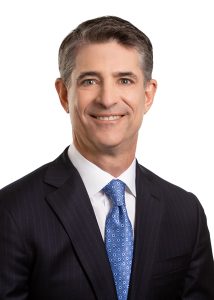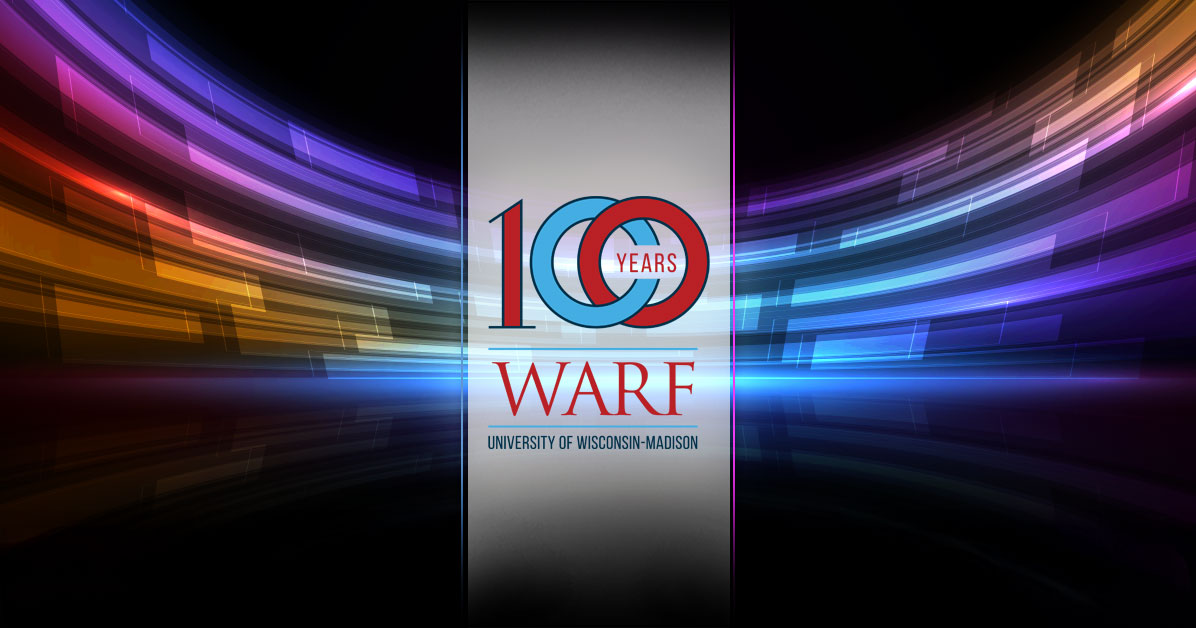By Kevin Conroy, Chairman and CEO, Exact Sciences

Innovation results from deliberate effort, strategic investments and collaboration. For the past 100 years, the Wisconsin Alumni Research Foundation (WARF) has fostered an environment that drives innovation forward. By turning groundbreaking research at the University of Wisconsin-Madison into real-world applications, WARF has advanced science and created economic opportunities that reach far beyond Wisconsin.
As the independent tech transfer office for UW-Madison, WARF’s value extends beyond the patents it manages. It has created a sustainable cycle of innovation. WARF reinvests its resources into university research, supports infrastructure like the University Research Park and builds connections between the university, private companies and investors. These efforts attract talented researchers and entrepreneurs to Madison and create a place where big ideas flourish. This approach sets Wisconsin apart from other regions—it’s not just about ideas; it’s about transforming them into something meaningful.
I first encountered WARF as a lawyer at GE Healthcare, negotiating a license agreement with the University of Wisconsin. I quickly saw how WARF facilitated collaborations between the university and companies like GE, creating innovations that have fundamentally changed health care. Later, at Third Wave Technologies, I experienced firsthand how WARF’s support helped turn lesser-known scientific discoveries into transformative technologies. Without WARF’s initial funding and commitment to commercialization, companies like Third Wave—and later, Exact Sciences—wouldn’t have had the foundation to succeed.
For example, a variation of an enzyme discovered by Jim Dahlberg became part of the cervical cancer test developed at Third Wave. At Exact Sciences, we modify that enzyme using an advanced and improved method. Innovation building on innovation is now part of every Cologuard® test, which screened over 19 million people for colorectal cancer. WARF helps connect discoveries in the lab to the resources and partners needed to make a difference in people’s lives.
WARF’s impact goes beyond individual companies. Its ability to focus on the interests of academia and industry has helped build an entire ecosystem that drives growth. Madison’s recent designation as a federal tech hub directly results from this collaboration. The strength of the UW-Madison biochemistry department, the supportive infrastructure of the University Research Park and the partnerships WARF has cultivated over the decades all contribute to this success. These elements create a structure where startups grow, researchers thrive and investors see real returns.
That said, there’s room for improvement. One challenge is the availability of early-stage capital. While funds like HealthX and Venture Investors help close this gap, as does WARF’s own venture fund targeting university inventions, we still don’t have the same level of investment in Madison as coastal regions. We also need to focus on attracting and retaining top talent. WARF has done an excellent job of tapping local leaders with a Midwestern work ethic, bringing in researchers and supporting them. We need to stay competitive to compete with institutions like Stanford and MIT. This requires continuous investment in research facilities, simplifying partnerships and ensuring fair policies for inventors. Researchers should feel their work is valued, and we must make it easy for them to take risks and commercialize their ideas.
Looking ahead, the opportunities are immense. Fields like artificial intelligence, quantum computing, nuclear energy and life sciences will shape the future, and UW-Madison is well-positioned to play a prominent role. Achieving this will require continued collaboration between the university, WARF and the private sector in a system where ideas flow freely, partnerships are encouraged and solutions are brought to market efficiently.
WARF’s success over the last century proves innovation thrives when public and private interests come together to improve lives, drive scientific discovery and strengthen communities. As we look to the next century, Wisconsin is well-positioned to compete on the global stage. We can do that when we build on what we do best.
For WARF, that means continuing to evolve—being bold, attracting the best minds and being open to doing things differently. For Wisconsin, it means investing in our strengths, supporting our institutions and recognizing that the benefits of innovation extend far beyond the university or the state. It’s about creating something lasting together.
###
